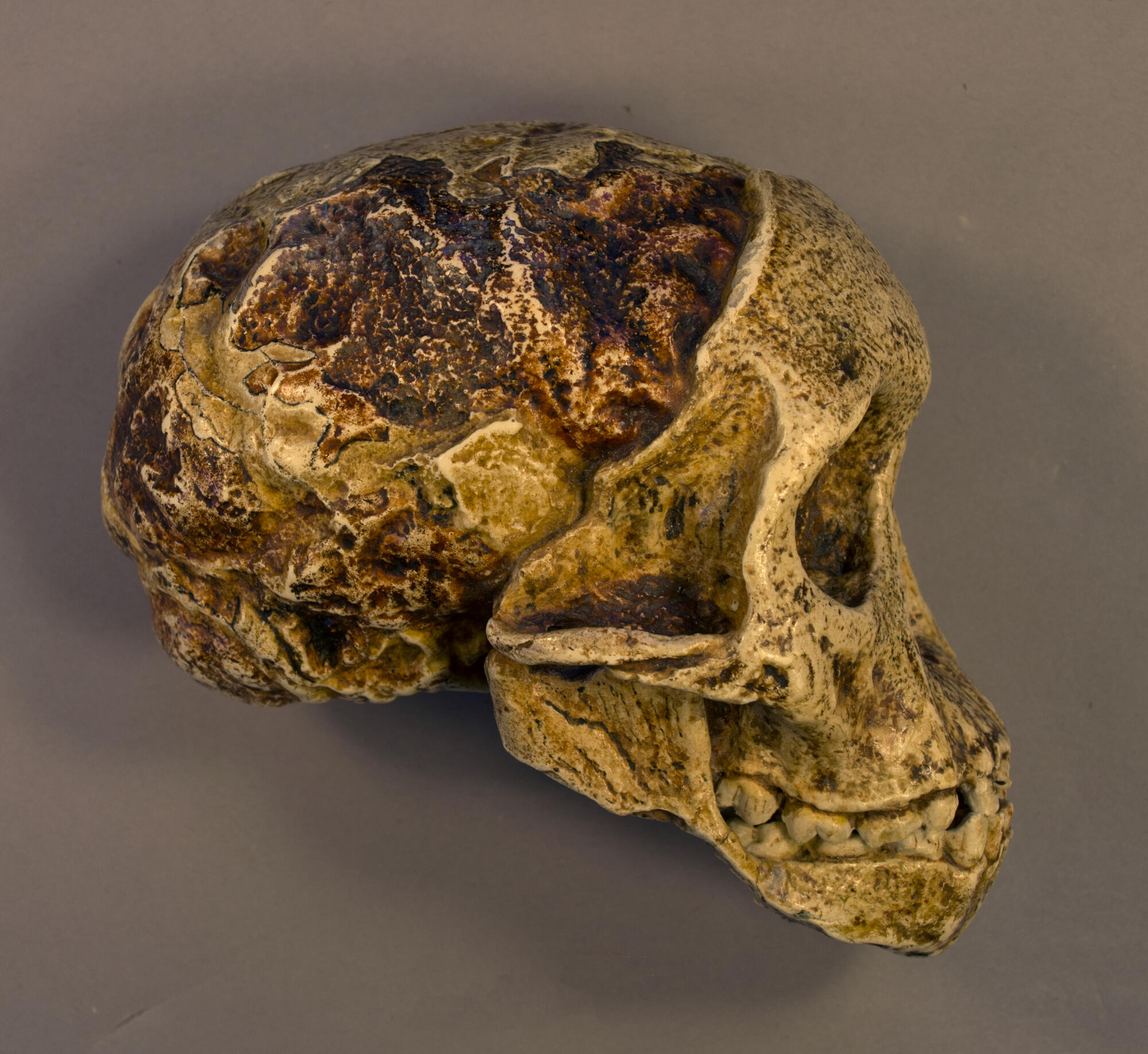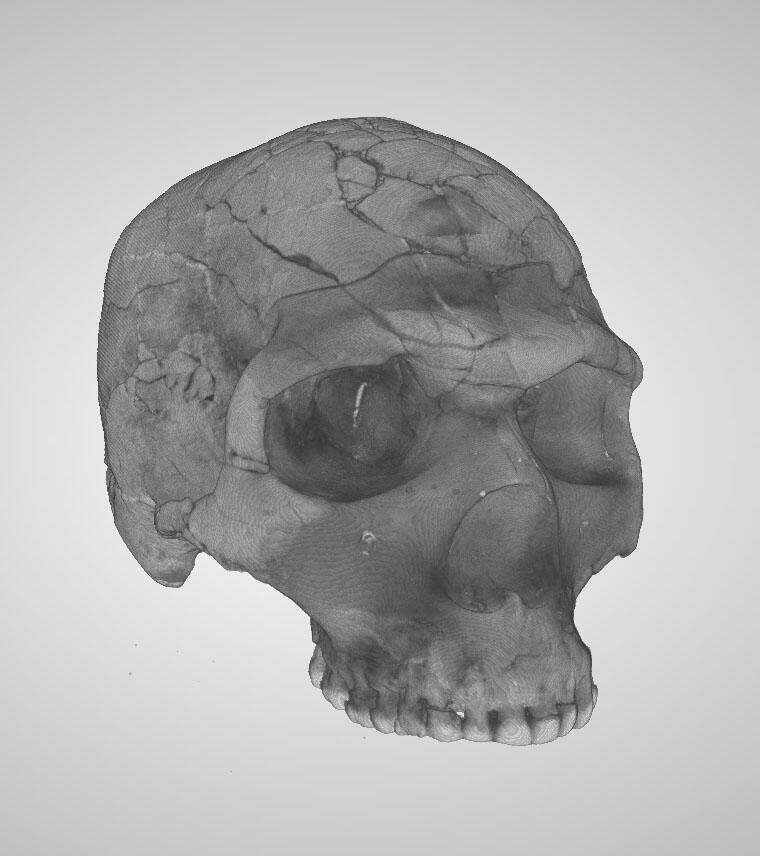The Museum stewards human remains, nonhuman primate remains, fossils, and casts from around the world, as well as an extensive cast collection used across many disciplines for research and teaching. More than 90 percent of the human remains are from archaeological contexts, largely from expeditions supported by the Museum during the late 19th and early 20th centuries.
Since 1990, the Museum has actively engaged in implementing the Native American Graves Protection and Repatriation Act (NAGPRA) which requires the identification and return of Native American human remains and certain cultural items in museum collections.
The Interim Research Policy for Human Remains and Associated Funerary Objects Under NAGPRA requires researchers to seek permission from authorized Tribal representatives for work involving human remains subject to NAGPRA.
Following the Fall 2022 report from the Steering Committee on Human Remains in the Harvard Museum Collections, a Human Remains in the Harvard Museum Collections Research Review Committee has been formed to review all research requests that include access to human remains. The Committee is currently developing guidelines for research proposals. Please contact pmosteology@fas.harvard.edu for information.
The Museum manages a comprehensive osteology and paleoanthropology teaching cast collection that is used in many courses each year.


